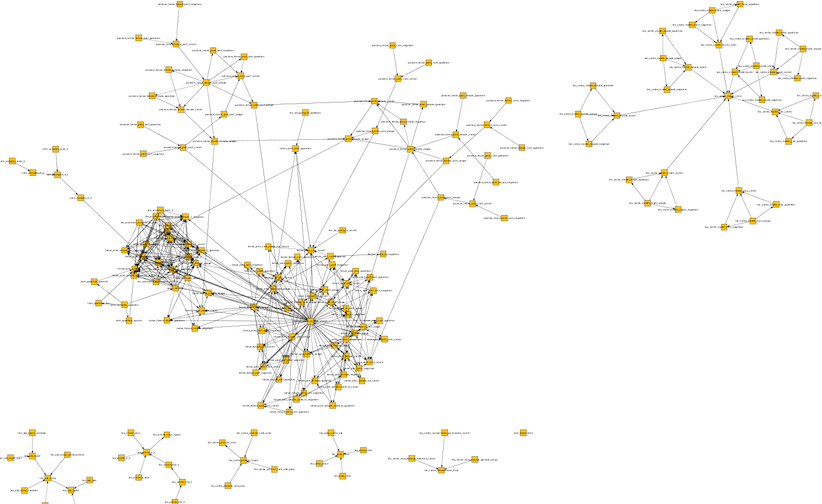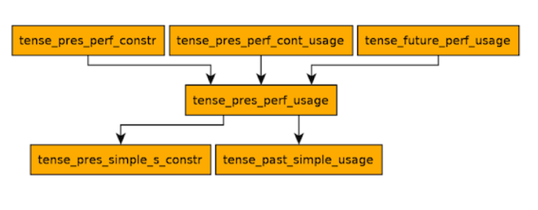Adaptive English grammar test - learn from personal recommendations with LinguaLeo

One of the main tasks that LinguaLeo has set itself is the personalization of the service, which allows you to make learning English more effective. An important achievement on this path was the launch of an adaptive test on the LinguaLeo service. In the post we will talk about what this test is and how we developed it.
')
What is an adaptive test and why is it needed?
The adaptive test provides speed and accuracy that cannot be achieved with traditional testing methods. This is a test that “adapts” to the user, complicating questions, if the user answers correctly, and simplifying if he is mistaken. Thus, the testee does not need to answer questions that do not correspond to his level, and the number of tasks can be reduced to 60% without losing the quality of the result.
Adaptive testing is one of the primary elements of the created “smart” learning system that will “know” the user and will offer him the training materials that are suitable for him in terms of complexity.
The adaptive test LinguaLeo is fixed in the personal tab “ Home ”. According to the test results, the user is offered the courses that most closely correspond to his level:

The test can be taken in several stages without loss of results:

Technology
It took several months to develop, the main difficulty was to create a “tree of knowledge” of English grammar (a hierarchical structure reflecting our understanding of the relationship between grammatical phenomena of the English language and their relative difficulty to learn). There were problems both in the “tree” itself and in the test generation algorithm, the sequence of tasks, and the evaluation of the test result (the latter is still being finalized by the LinguaLeo team).
The hierarchical structure that LinguaLeo uses to model English grammar is a directed graph. At the vertices of the graph are "grammatical tags" - units of English grammar (and sometimes vocabulary): tenses, sentence types, use of prepositions, phrasal verbs, etc. The edges of the graph are dependencies between grammatical phenomena. For example, Present Perfect Continious depends on Present Perfect and Present Continious, which, in turn, depend on Present Simple.
To create an adaptive test, the LinguaLeo team prepared a question for each tag. Then an algorithm was developed that suggests the next question, depending on whether or not the user answered all previous questions correctly. This algorithm takes into account the relationship between the tags in such a way as to obtain the maximum amount of information about the user's knowledge for the minimum number of questions. If the answer is incorrect, the algorithm goes "down" in the graph, i.e. to the tag on which the current question tag depends. With the right answer, we move on to the next group of questions.
Thus, the adaptive test is a binary tree. In order to optimize performance, this tree was calculated in advance. The algorithm is implemented on scala, and the tree itself is saved to a table in mysql.
The full graph of the English grammar according to LinguaLeo looks like this:

And here is the fragment:

Future plans
In the near future, LinguaLeo plans to add a test for vocabulary (while only grammar is being tested). The adaptive test will become even more flexible, with different options for assignments.
Come on LinguaLeo , pass the adaptive test and learn English in a personalized way!
Follow the news from LinguaLeo on Facebook , Vkontakte and Twitter . Learn English with LinguaLeo and have fun!
Source: https://habr.com/ru/post/197614/
All Articles